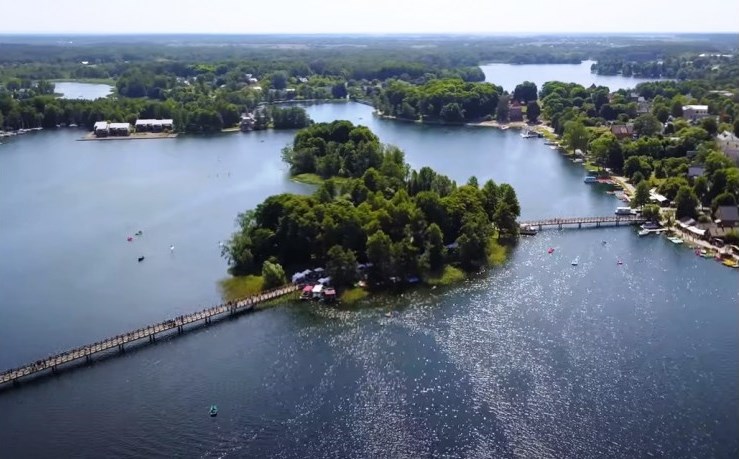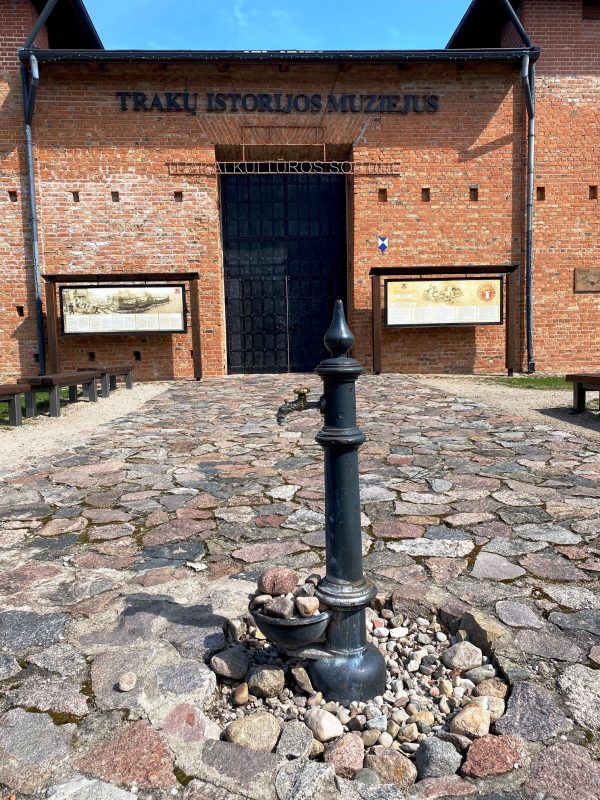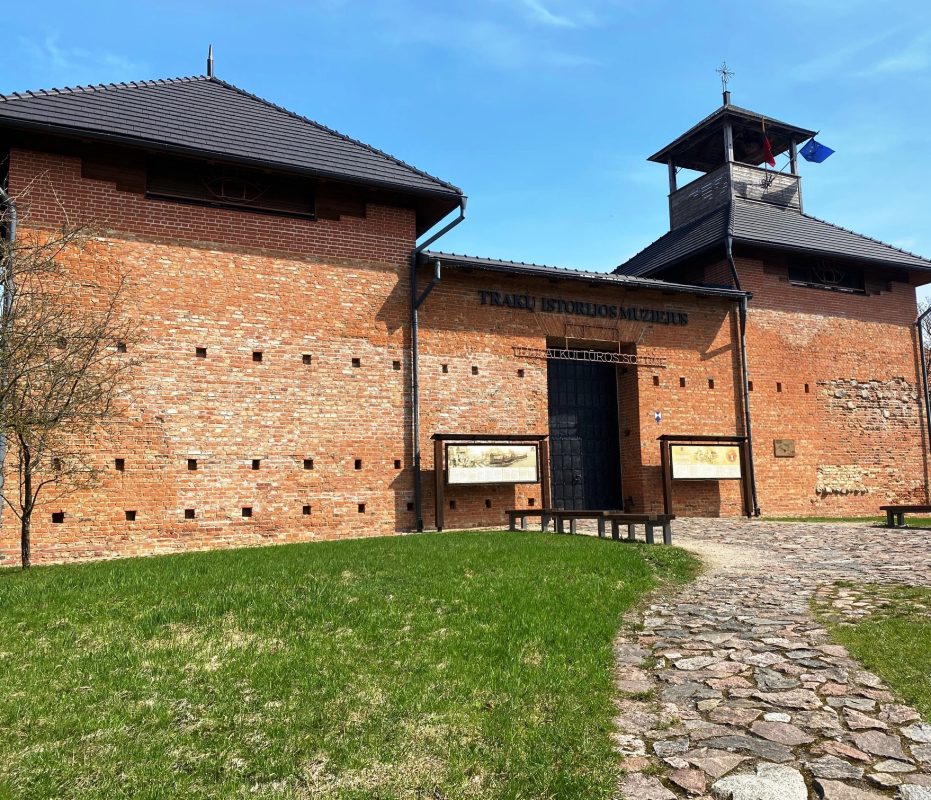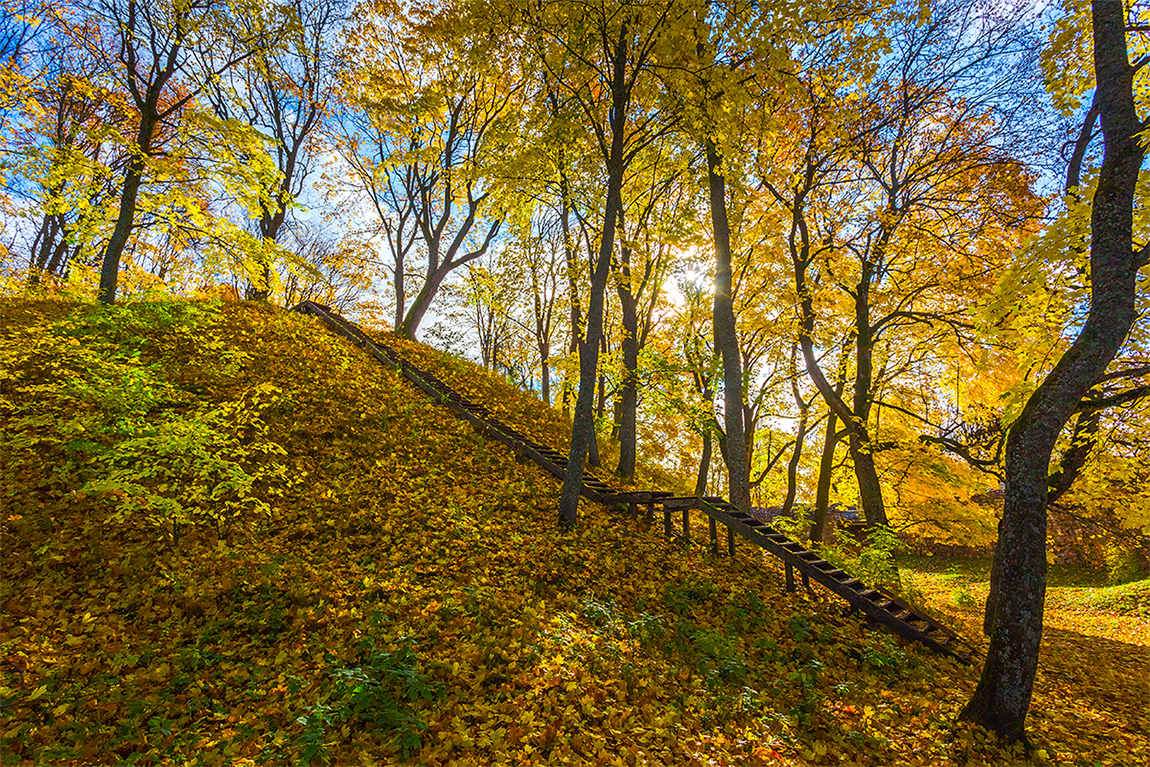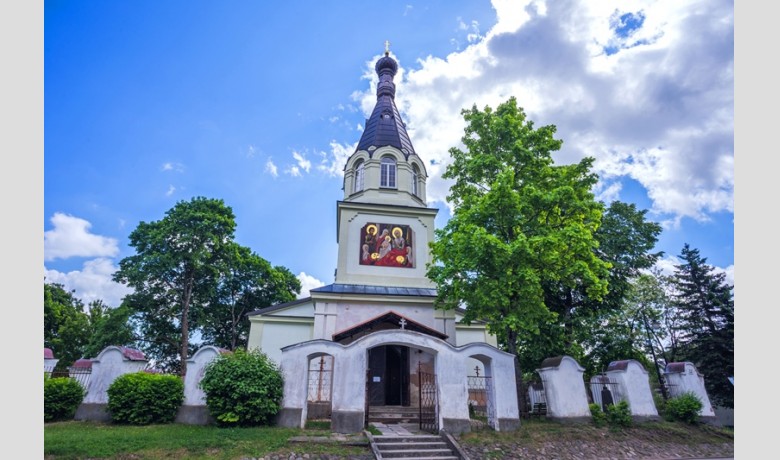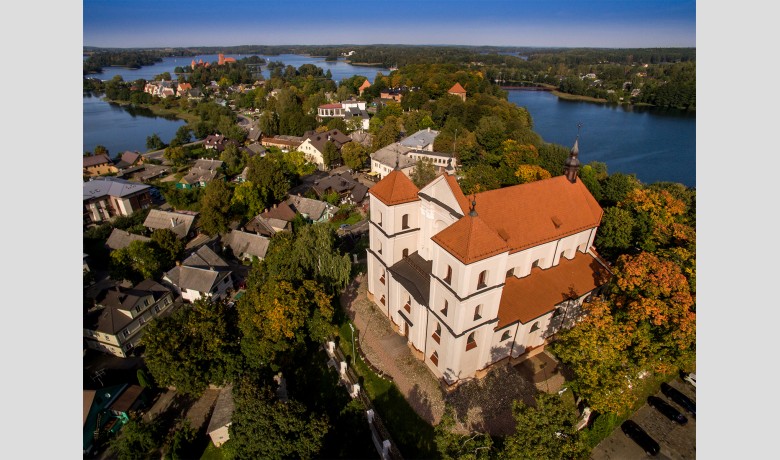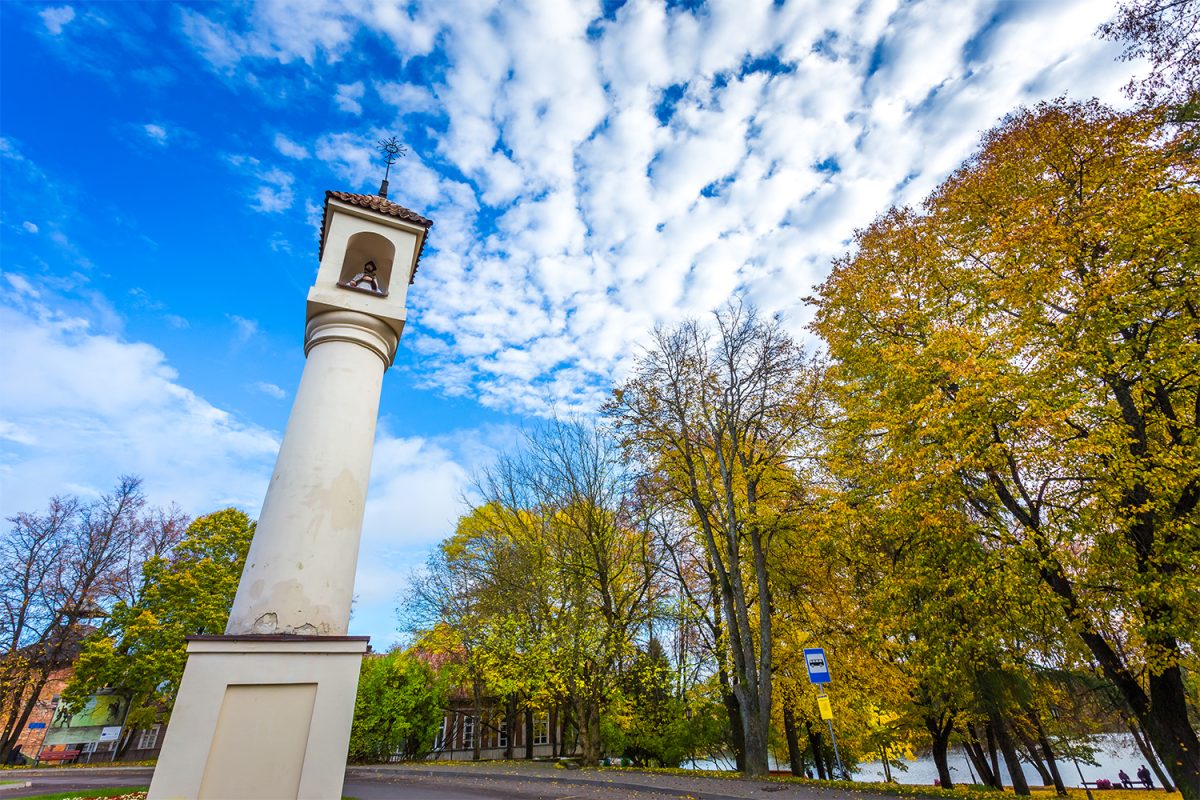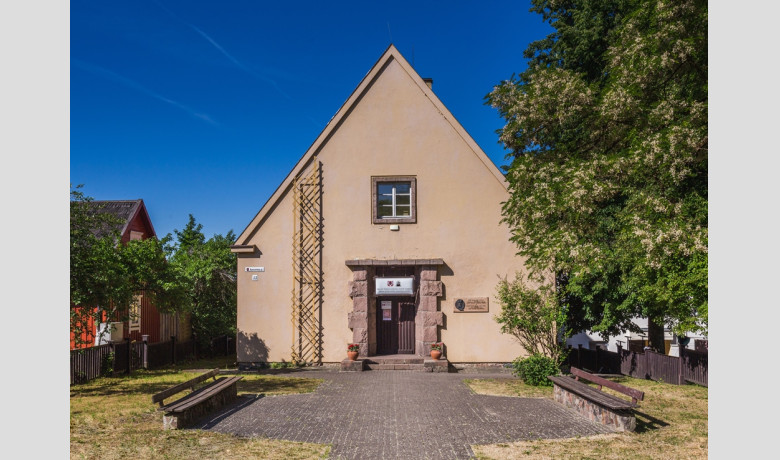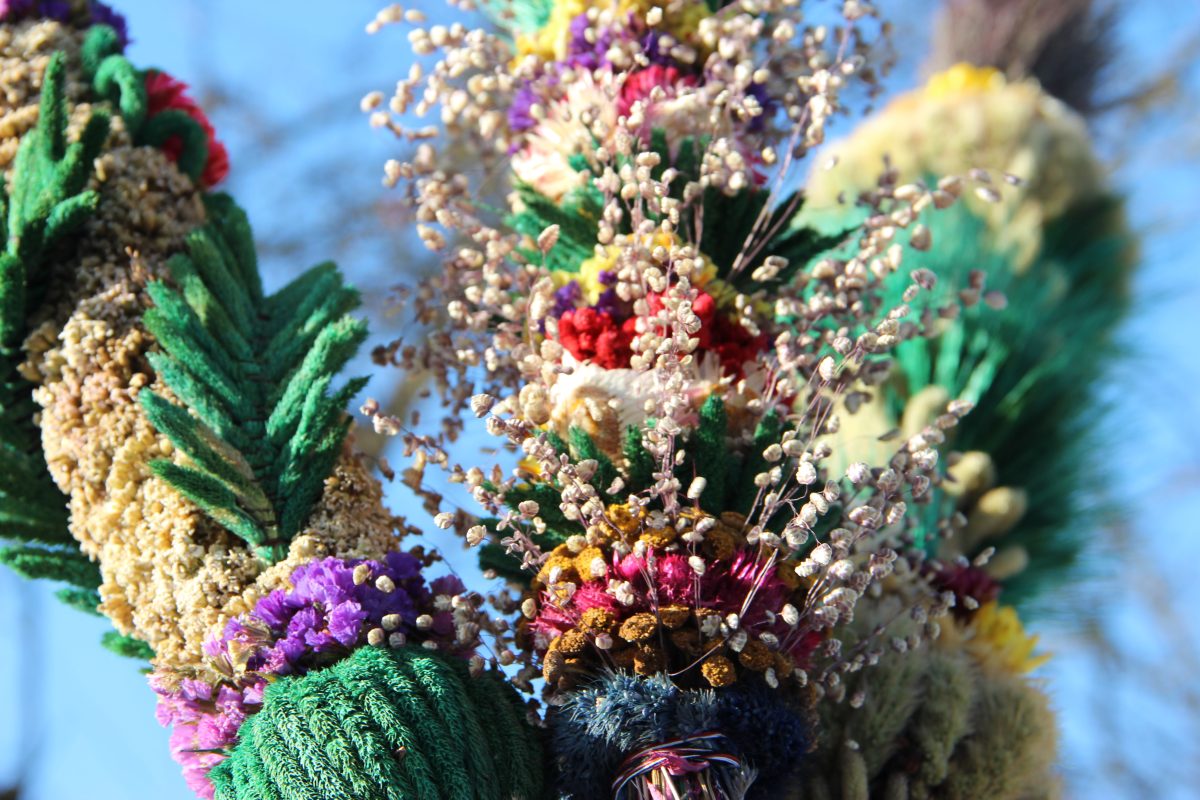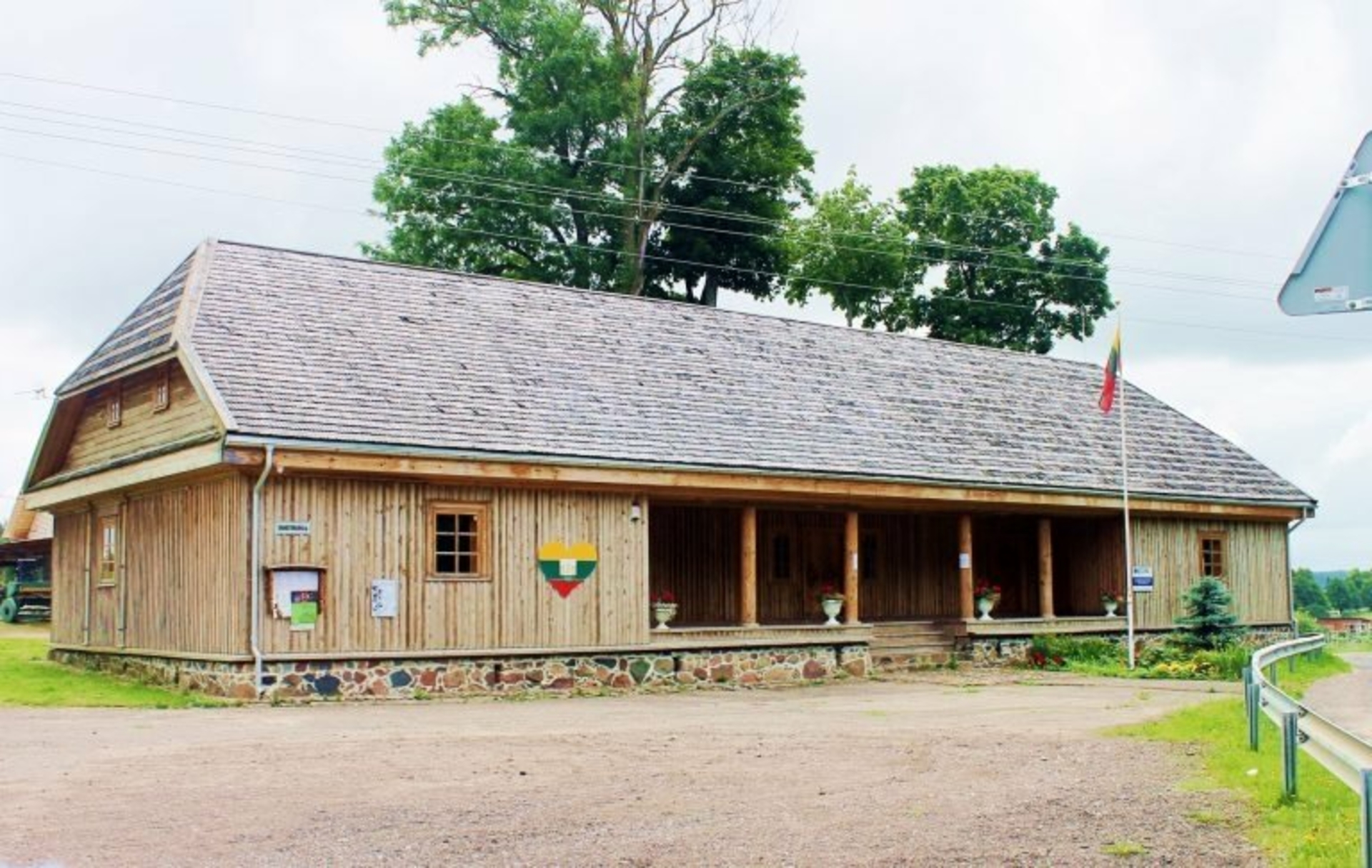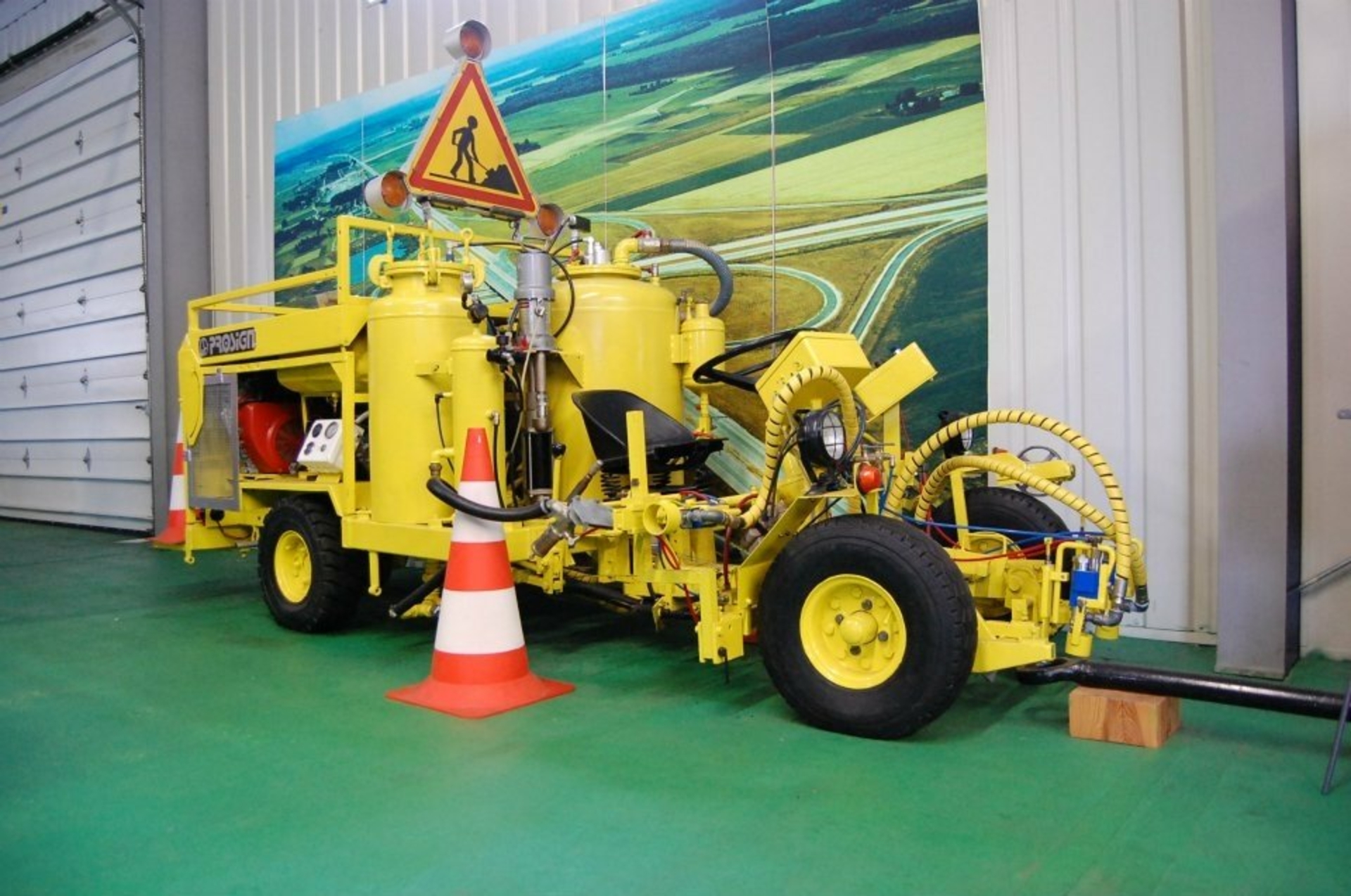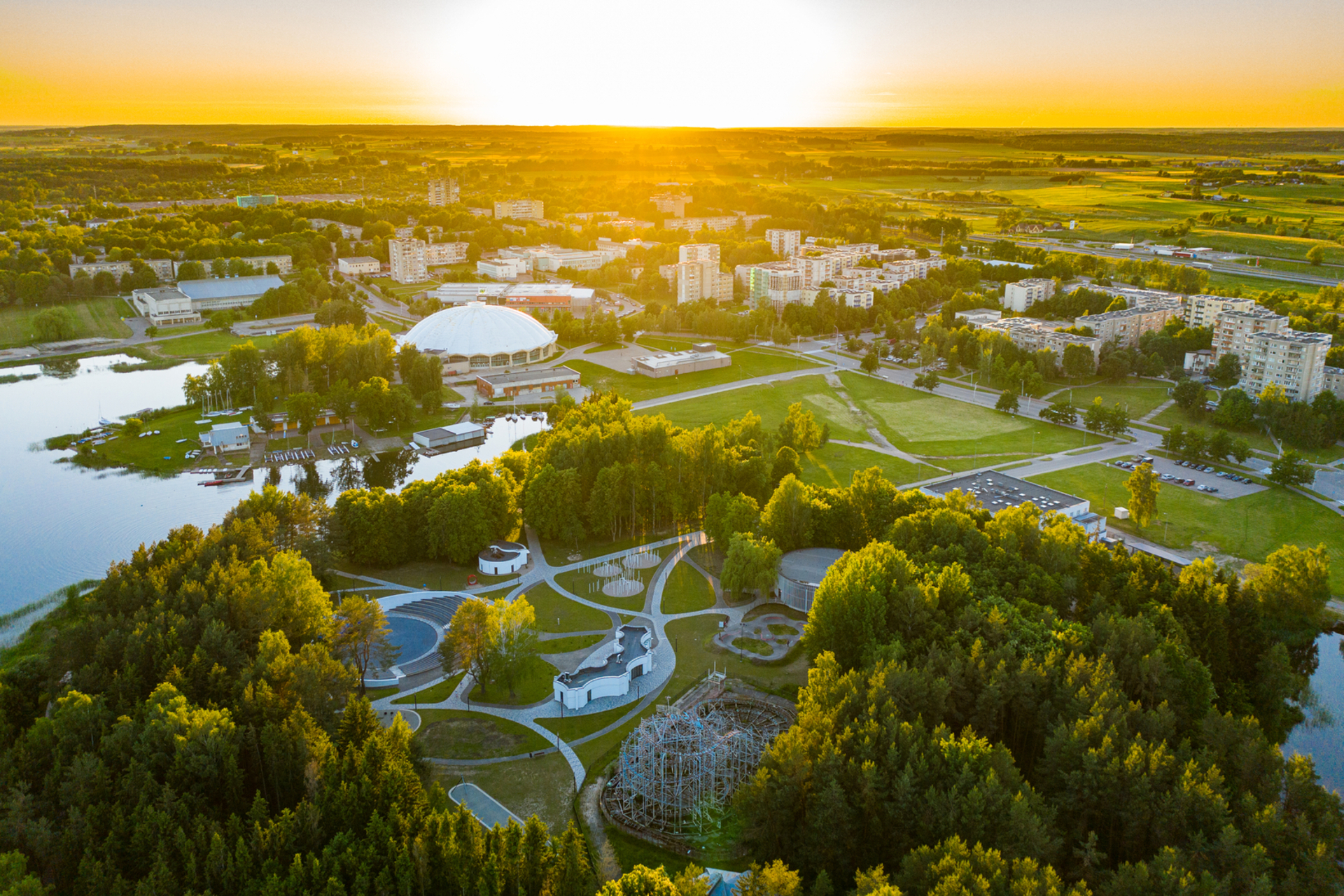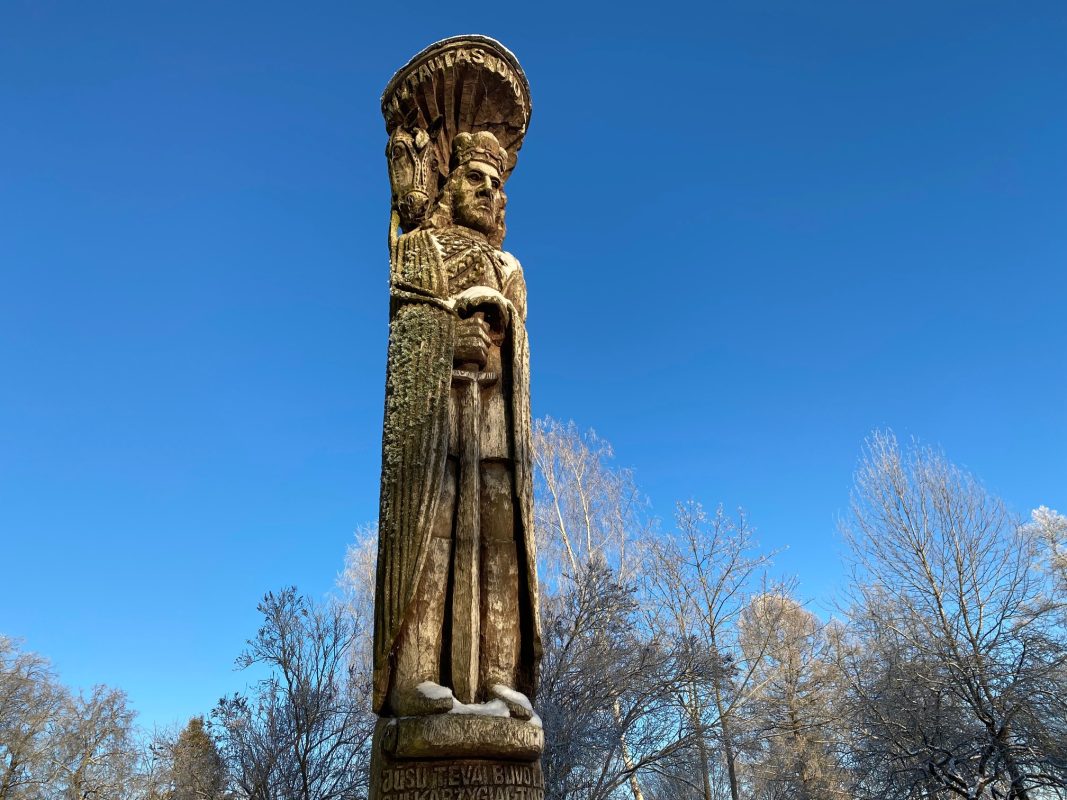Vytautas the Great is one of the most renowned figures in Lithuanian history. He is celebrated to this day for his significant achievements, especially for expanding the Lithuanian state from the Baltic to the Black Sea during his reign.
On July 16, 1994, to commemorate the anniversary of the Battle of Grunwald, a wooden monument to Vytautas the Great, crafted by folk artist Ipolitas Užkurnys, was unveiled on Galvė Lake Island, on the path to Trakai Castle.
However, the Grand Duke of Lithuania, Vytautas, is perhaps most fondly remembered in the hearts of Trakai residents and the Karaim community. After a triumphant victory near the Black Sea, Vytautas brought nearly 400 Karaim families from Crimea to Lithuania. He settled them in the old capital of Trakai, where the brave warriors could protect the castle from Teutonic Knights, while others cultivated the gifted lands and engaged in gardening.
There is much speculation about why Vytautas chose to bring the Karaim. There is no single answer, but several theories exist: some believe it was war reparations for a lost battle, others suggest that Vytautas was impressed by the bravery of the Karaim soldiers fighting for the Khan and decided to recruit them to populate and protect his sparsely inhabited western lands. Historical fragments indicate that Vytautas may have had a separate Karaim unit within his army. Many Karaim continued to serve in the military in later centuries, and a combined force of Tatars and Karaim even participated in the Battle of Grunwald.
The Karaim were renowned as exceptional soldiers, likely due to their strong military traditions. Their coat of arms features a double-tipped spear, known as a senek, and a kalkan (shield). The Karaim language retains a rich military terminology, which other Turkic nations have often replaced with loanwords.
Interestingly, the Karaim who settled in Lithuania formed a separate community
known as džymat. The legal status of the community and its members was defined by privileges granted by the rulers.
The first document establishing the legal status of the Karaim in Lithuania is the 1441 privilege from King Casimir IV Jagiellon, granting the Karaim of Trakai the same Magdeburg rights as the cities of Vilnius, Trakai, and Kaunas. They were given the right to self-governance, led by a vogt elected from among themselves. The Karaim were only subordinate to their vogt, who was directly responsible to the ruler. These rights were later clarified and expanded by subsequent Lithuanian rulers, making the Karaim of Trakai feel protected and cherished.
The profound respect for Vytautas is reflected in the literary and artistic glorification of his persona. The Karaim refer to the Grand Duke as Vatat Biji, meaning "the king who crushes enemies."
In legends, Vytautas is depicted as a wise, brave, noble, and powerful ruler. The relationship between Vytautas the Great and the Karaim has always been strong, with many Karaim households displaying portraits of Vytautas. Karaim tales attribute a halo of sanctity not only to Vytautas but also to his horse, which is said to possess miraculous powers.
A legend about the miraculous horse of the Grand Duke tells how, during a flood threatening Karaim Street, the Karaim women, whose men were away at war, rowed to Vytautas to seek help. Vytautas promised to assist, and soon his horse arrived at Karaim Street, drank all the water, and saved it from the flood. The people's joy knew no bounds, and they shed tears of happiness. The women returned home with prayers of praise for the Grand Duke and his miraculous horse. The horse, now swollen with water like a huge hill, slowly trotted out of the city towards Karaim fields. Where it stopped to rest, a small lake, named Puvus (Čirik giol‘), emerged, still reminding us of the miraculous horse.





 Entertainment
Entertainment
 Food establishments
Food establishments





























 54.649712, 24.933365
54.649712, 24.933365
 Get directions
Get directions








